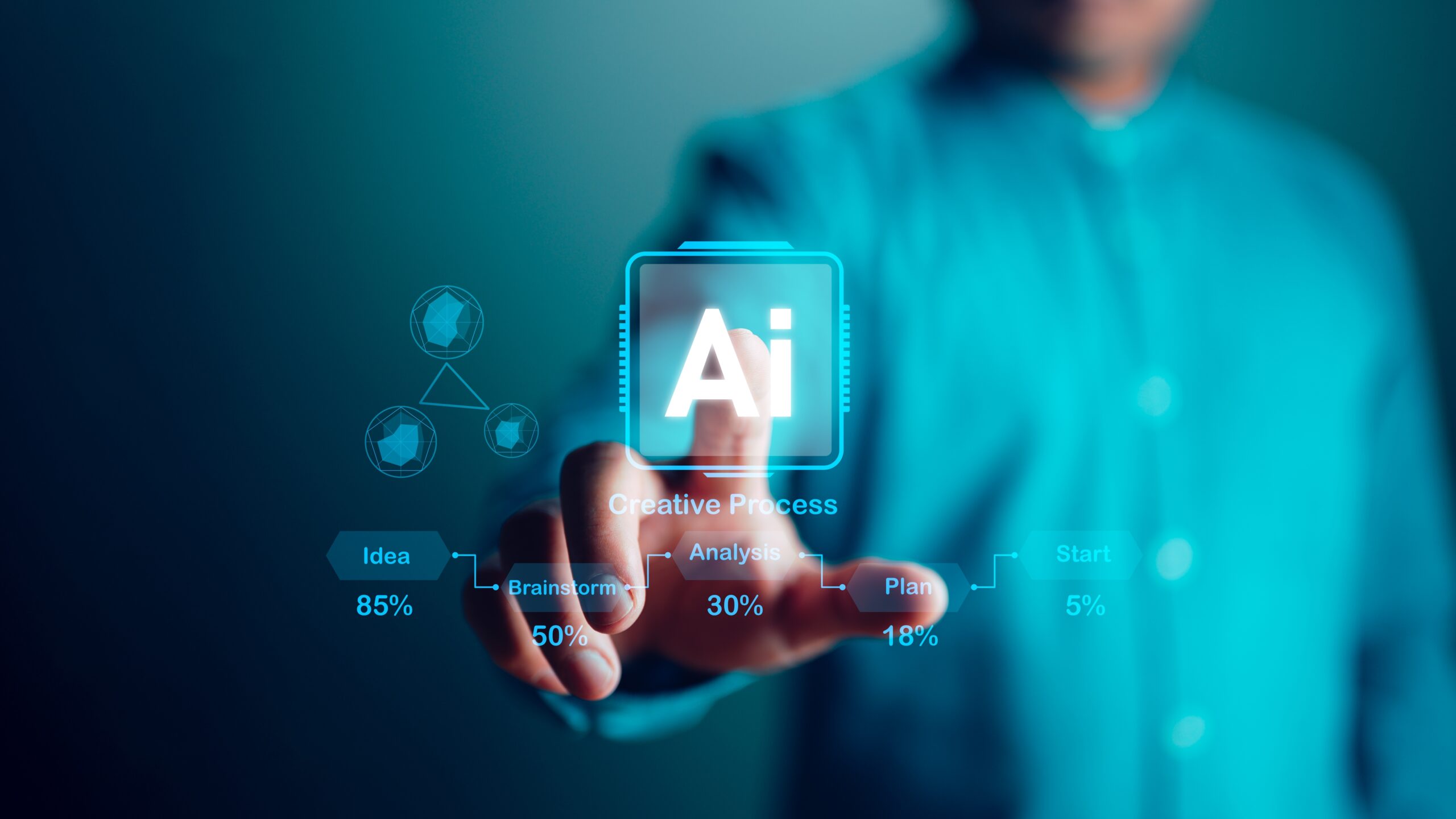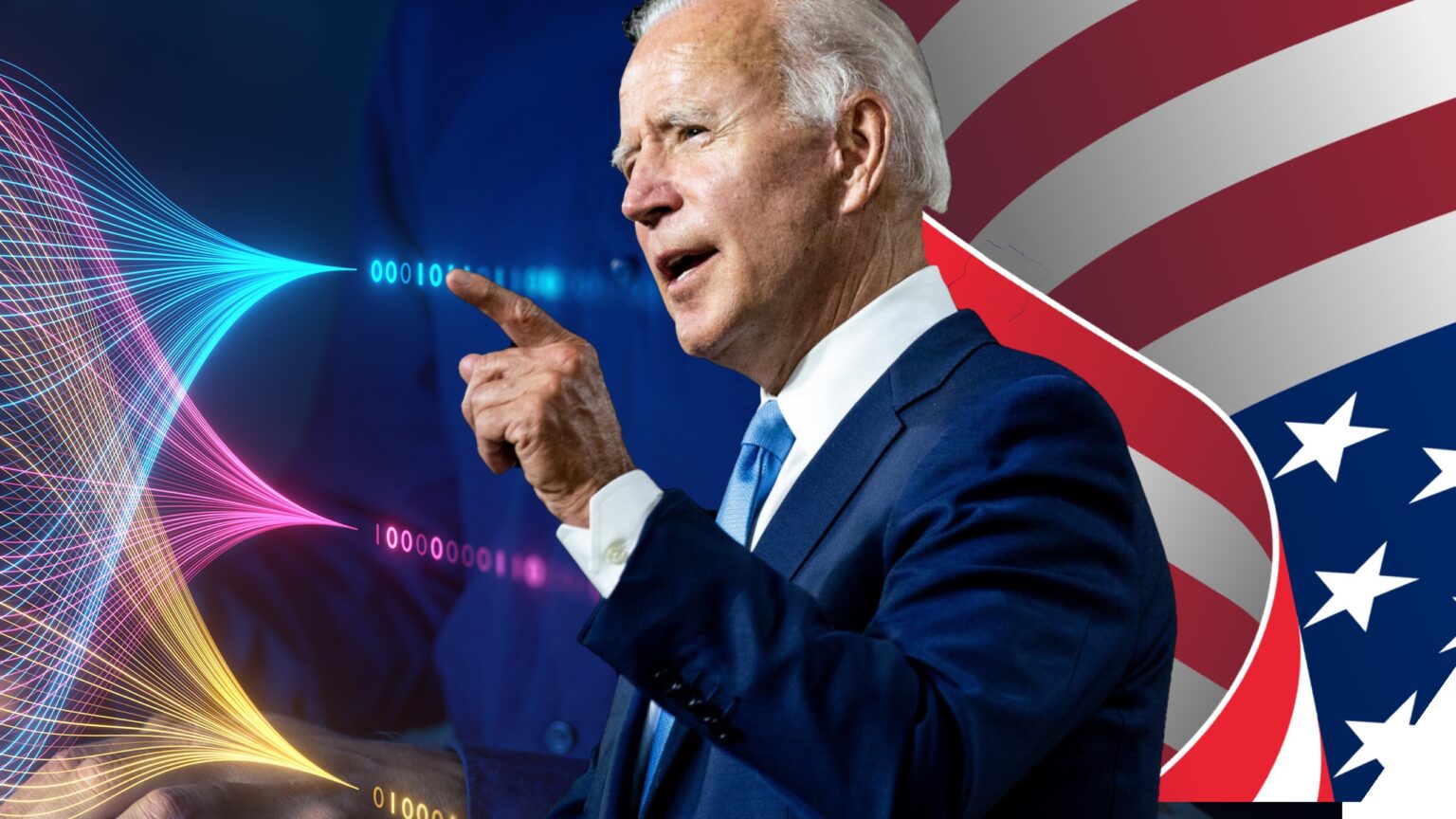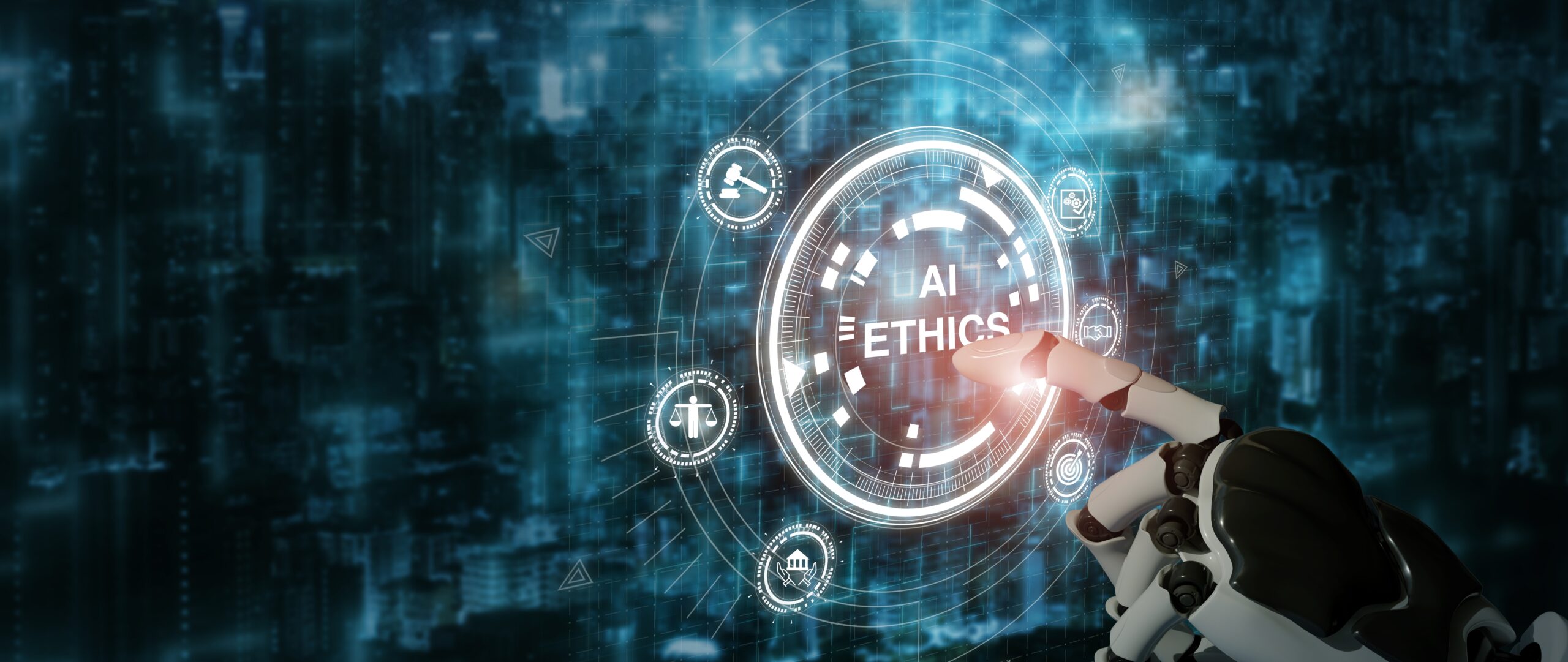US President Joe Biden has signed an executive order on AI, which lays out the ground rules for AI development as well as enhancing safety standards for consumers.
The new executive order unveiled on Monday also requires equity and civil rights guidance, and thorough research on the impacts of AI on the labor market.
A breakdown of the order
According to MediaPost, the order is broken down into eight parts. These are:
- Protecting consumer privacy
- Advancing equity and civil rights
- Protecting consumers by directing the Department of Health and Human Services to create a program that evaluates AI practices
- Working with international partners to implement worldwide international standards
- Supporting workers through reports on potential labor market applications, promotion of innovation, and competition by expanding grants for research
- Developing guidance for federal agencies use and procurement of AI and speeding up the government’s hiring of workers skilled in the field.
Protection of consumer rights and their privacy has been one of the thorny issues with the implementation and adoption of AI the world over. The new order seeks to address these in a way that promotes innovation while recognizing the perils of AI.
According to the order, AI developers will be required to keep the government in the loop on their programs, from research to training, as well as the safety test results.
In terms of safety, several federal departments will be responsible for overseeing testing standards that will be enforced by the new AI Safety and Security Board under the Department of Homeland Security.
Also read: 6G Sensing and Metaverse Innovations at the India Mobile Congress
Implications on housing and discrimination
According to Market Watch, the order could be useful in fighting housing discrimination. It directs the Consumer Financial Protection Bureau and the Department of Housing and Urban Development to give guidance on how housing laws are expected to stop discrimination by AI in digital ads for housing and lending.
Agencies are required to issue guidance “on how using data in tenant screening systems can lead to discrimination.”
According to the White House, in a nutshell, the President wants “clear guidance to landlords, the federal benefits program, and federal contractors to keep AI algorithms from being used to exacerbate discrimination.”
AI has been accused of perpetrating discrimination in its many forms. Some AI-focused firms, such as OpenAI, Anthropic, Google, Meta, and Amazon, committed to responsible AI development at the White House. One of the voluntary commitments they agreed to was abolishing discrimination and maintaining ethical development.
The financial services
The order by President Biden comes at a time when industries are embracing AI and assessing how the technology may be useful in optimizing operations.
For banking, the industry has already adopted the technology and is using it for fraud detection services as it is able to scan large volumes of data and easily pick up unusual activity.
A KPMG study, which surveyed 56 US financial services firms with over $1 billion in revenue, highlights that 76% of executives of these firms see fraud detection as the primary use of AI.
According to Benzinga, President Biden’s directive could help revolutionize the banking industry’s approach to digital transformation.
With clear direction and guardrails for AI development and its usage, anti-money laundering efforts, for example, will be enhanced by employing AI in regular banking services.

Tagging AI-generated content
According to the order, the Commerce Department will be required to establish a new set of rules for watermarking AI content as well as authentication to ensure it is clearly identified.
This also comes as there have been calls for AI-generated content to be clearly labeled to allow users to differentiate between human-made and AI content. In June, the EU asked online platforms to watermark any AI-generated content on their platforms.
This is also meant to limit the spread of deepfakes and misinformation. At the same time AI has also been abused by unscrupulous individuals to spread fake news, images, audios, and videos made using AI technology.
Earlier this year, fake images of the Pentagon bombing, the Pope in a stylish jacket, and former President Donald Trump tussling with police went viral, with some financial markets crashing in response to some of the fake images.










 and then
and then